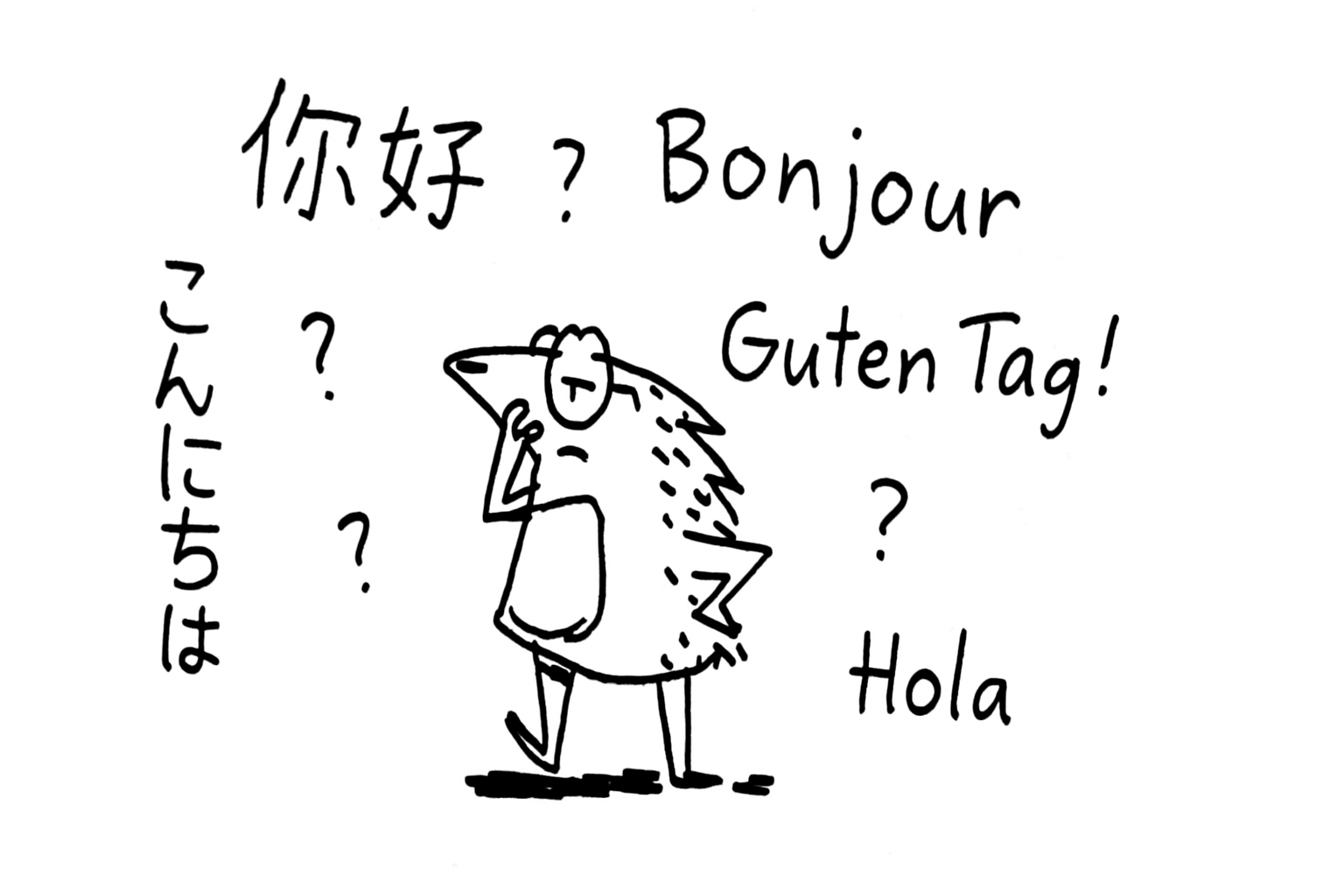How to Run More Inclusive Meetings with Multilingual AI Notes
Work is global. Communication should be too.
But in multilingual teams, language barriers can lead to misalignment, missed tasks, or even unintentional exclusion. The solution? Use tools that support multilingual communication by default.
The Multilingual Problem
Even when teams speak a common language, accents, dialects, or second-language limitations can cause:
- Misunderstandings
- Missed nuance
- Silent participants
These gaps become bigger when:
- Documentation is only shared in one language
- Meeting recaps assume everyone speaks English fluently
- Action items are unclear due to translation errors
The Multilingual Solution: Quill
Quill supports:
- Multilingual transcription (e.g. Spanish, Mandarin, English)
- Summaries in the language of your choice
- Exporting notes in multiple languages simultaneously
Now your Spanish-speaking stakeholder and English-speaking developer can both leave the same meeting with clear, native-language notes.
Why This Matters
Inclusion isn’t just moral—it’s productive.
- Diverse teams perform better
- Teams with clear communication execute faster
- Employees feel more respected when language isn’t a barrier
Use Case Examples
- Parent-teacher conferences: Output summaries in English + Spanish
- International engineering teams: Mandarin meetings, English notes
- Board meetings: Provide documentation in native languages of all board members
Final Thoughts
Multilingual support isn’t a luxury—it’s a must-have for modern teams.
With Quill, your meetings can become more inclusive, more efficient, and more effective. Because understanding shouldn’t be limited by language.

